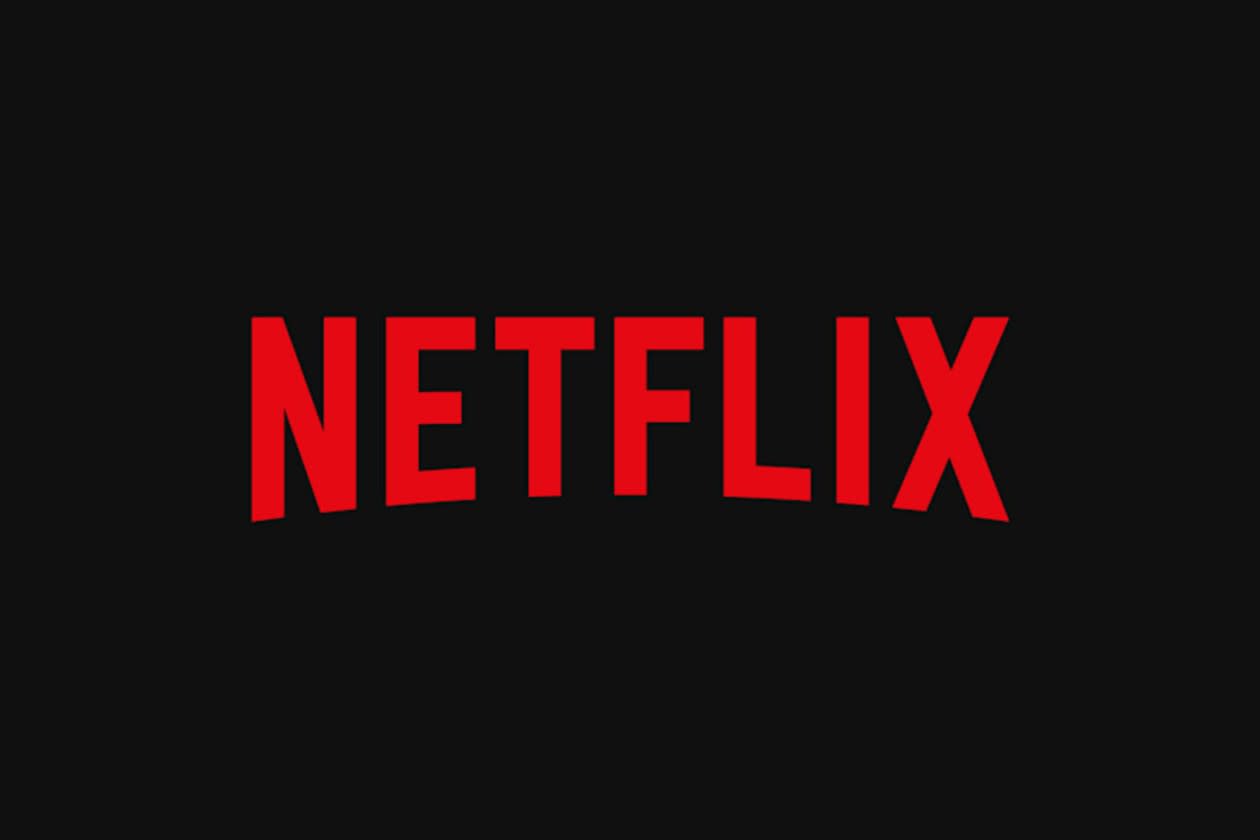Netflix reported second-quarter revenue of $11.1bn, up 17% when ignoring currency moves.
Operating income rose 45% to $3.8bn, with operating margin improving from 27% to 34%, both ahead of expectations driven by higher revenue and the helpful timing of some costs.
Free cash flow rose 87% to $2.3bn, with net debt ending the quarter at $6.1bn.
Third quarter revenue is expected to grow 17% when ignoring currency moves, with an operating margin of 31%. Full year revenue guidance has ticked higher given favourable currency moves to $44.8-45.2bn (previously $43.5-44.5bn).
The shares were down 1.7% in overnight trading.
Our view
This was yet another impressive quarter for Netflix, with robust ad revenue growth and a margin expansion that outpaced forecasts. Testament to how high the bar’s been set, shares were down a touch in overnight trading as investors had been expected a slightly higher revenue number – but we’re splitting hairs really.
Netflix's ability to reduce churn (customers flip-flopping to rivals) is firmly rooted in its best-in-class original content. While it's expensive to make, it does keep eyeballs on screens in a bigger way. Add in a cash-generative business, and Netflix can increase content spending when peers are having to pull back.
The introduction of an ad-supported product is proving more popular than many could have hoped. It allows Netflix to penetrate new markets and tap into users who are priced out of the fully paid service. But filling all the new ad space is a challenge.
To help drive ad revenue growth, the new ad sales platform has now been rolled out. Plus, as the ad tier builds scale, it’ll become a more popular place for advertisers to push their products. There’s also been tough competition to attract advertisers over the past year from competitors like Amazon Prime who transitioned a large portion of their viewers to an ad-supported platform. Those headwinds should be easing.
The group also has a market-leading international production and distribution network. Doing localised content right isn't easy, but Netflix has an enviable track record here. This is important because longer-term subscriber growth will need to come from emerging markets.
The password sharing crackdown has run its course, so new initiatives like live sport entertainment are on the cards to keep the train moving. We think that’s a good way to drive engagement, but it does add some extra risk.
Although the balance sheet carries a fair amount of debt, it isn't in bad health. Free cash flow is healthy, and maintaining balance sheet flexibility is a key priority. Share buybacks, which are not guaranteed, have been the favoured way to return excess capital to shareholders, but investing back in the business is the real goal for now.
Netflix is a market leader, and there are plenty of moving parts these days, which could add up to longer-term growth. We expect it to be a relatively resilient name and while the valuation looks a little full, the premium is justified. But the streaming space is inherently tough, with consumers more than happy to switch providers at a whim – that’s a built-in risk that needs to be considered.
Environmental, Social and governance (ESG) risk
The media industry’s ESG risk is relatively low. Product governance is the key risk driver, alongside business ethics, labour relations and data privacy & security.
According to Sustainalytics, Netflix’s management of material ESG issues is average.
Netflix has to comply with significant and often complex regulations and laws, across a very large number of different countries. The group has a global anti-corruption policy, but this is not publicly disclosed, making its effectiveness difficult to assess.
There are both internal and external audits on IP infringement risk, as well as its independent ethics hotline available for employees. Cybersecurity issues are addressed by the audit committee. But it’s unclear there is any managerial or board-level responsibility for privacy management.
Netflix key facts
All ratios are sourced from LSEG Datastream, based on previous day’s closing values. Please remember yields are variable and not a reliable indicator of future income. Keep in mind key figures shouldn’t be looked at on their own – it’s important to understand the big picture.
This article is not advice or a recommendation to buy, sell or hold any investment.No view is given on the present or future value or price of any investment, and investors should form their own view on any proposed investment.This article has not been prepared in accordance with legal requirements designed to promote the independence of investment research and is considered a marketing communication.Non - independent research is not subject to FCA rules prohibiting dealing ahead of research, however HL has put controls in place(including dealing restrictions, physical and information barriers) to manage potential conflicts of interest presented by such dealing.Please see our full non - independent research disclosure for more information.


